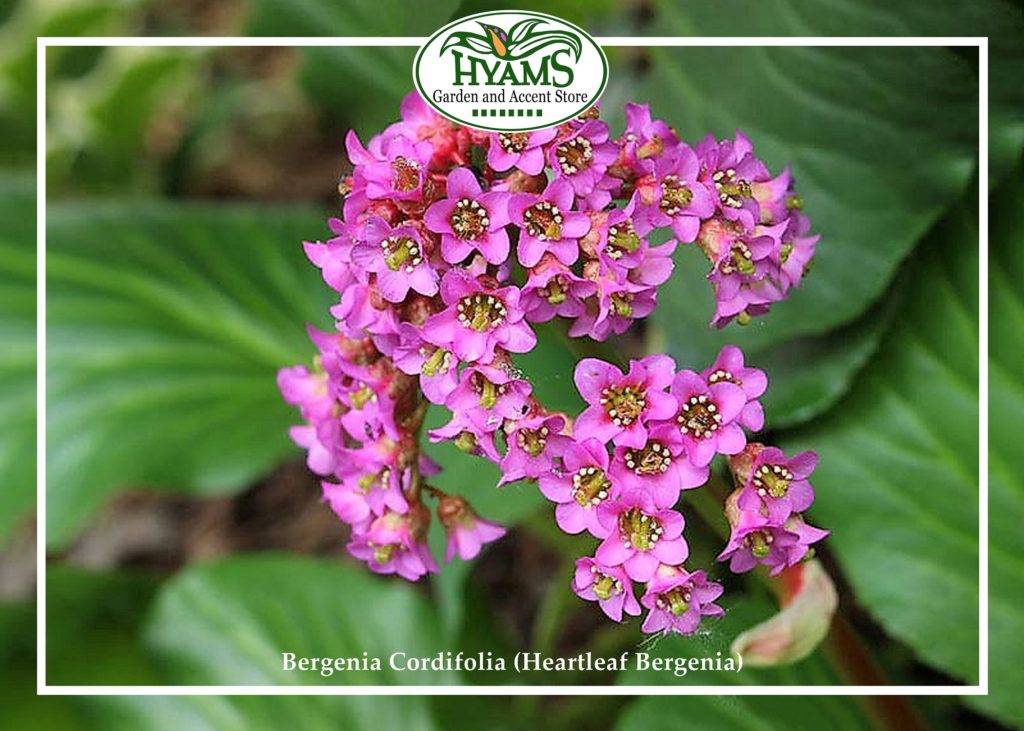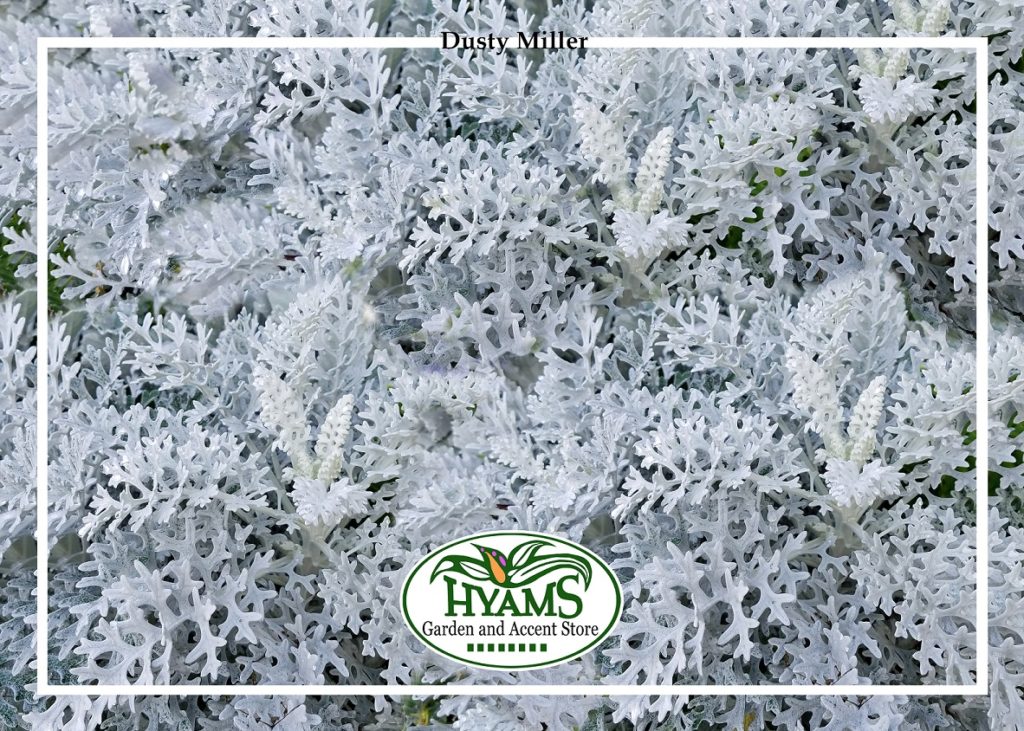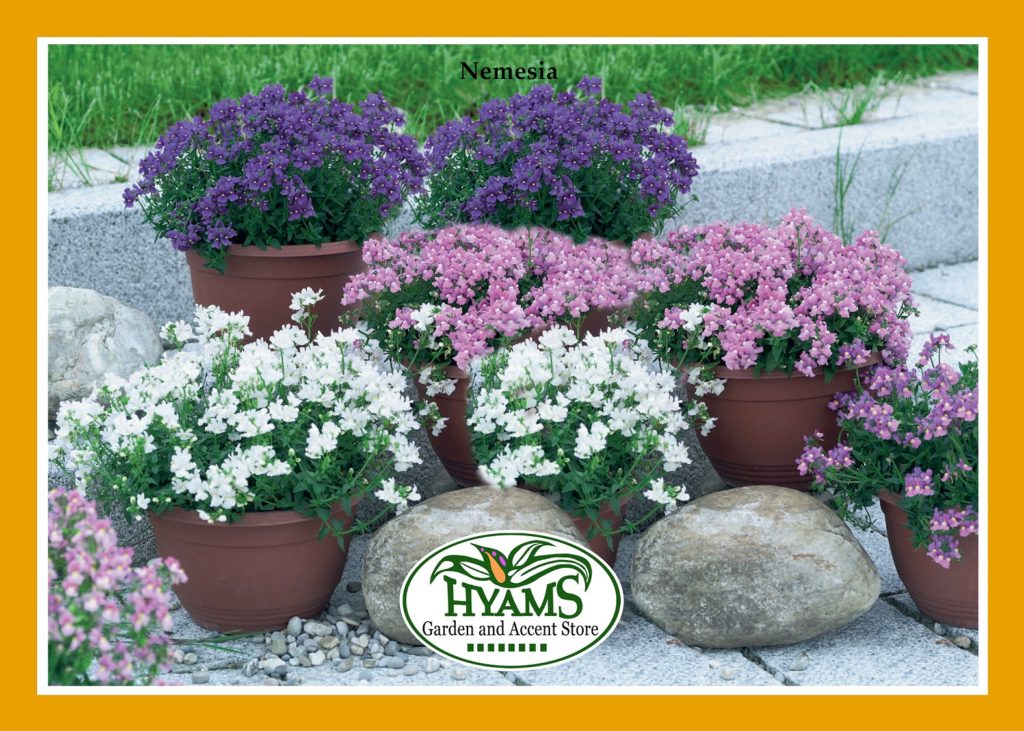
Fresh cut flowers are now being sold at Hyams Garden Center. Come and buy carnations, roses, stock, daisy, cushion mums, button mums, alstroemeria, eucalyptus silverdollar, aster-Solidago and many other flowers of your choice. Each stem is priced at $1.95.

Customers may also create a bouquet with flowers of their choice or may pick up one already pre-made. Share one with your Valentine!









